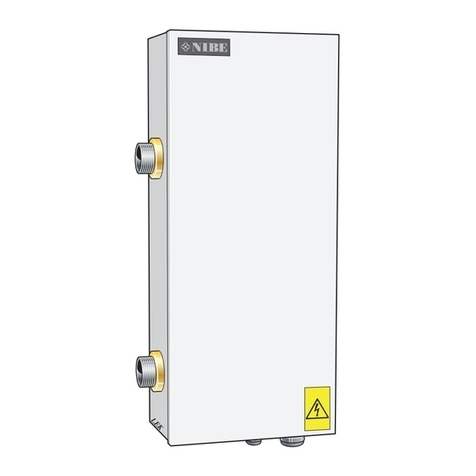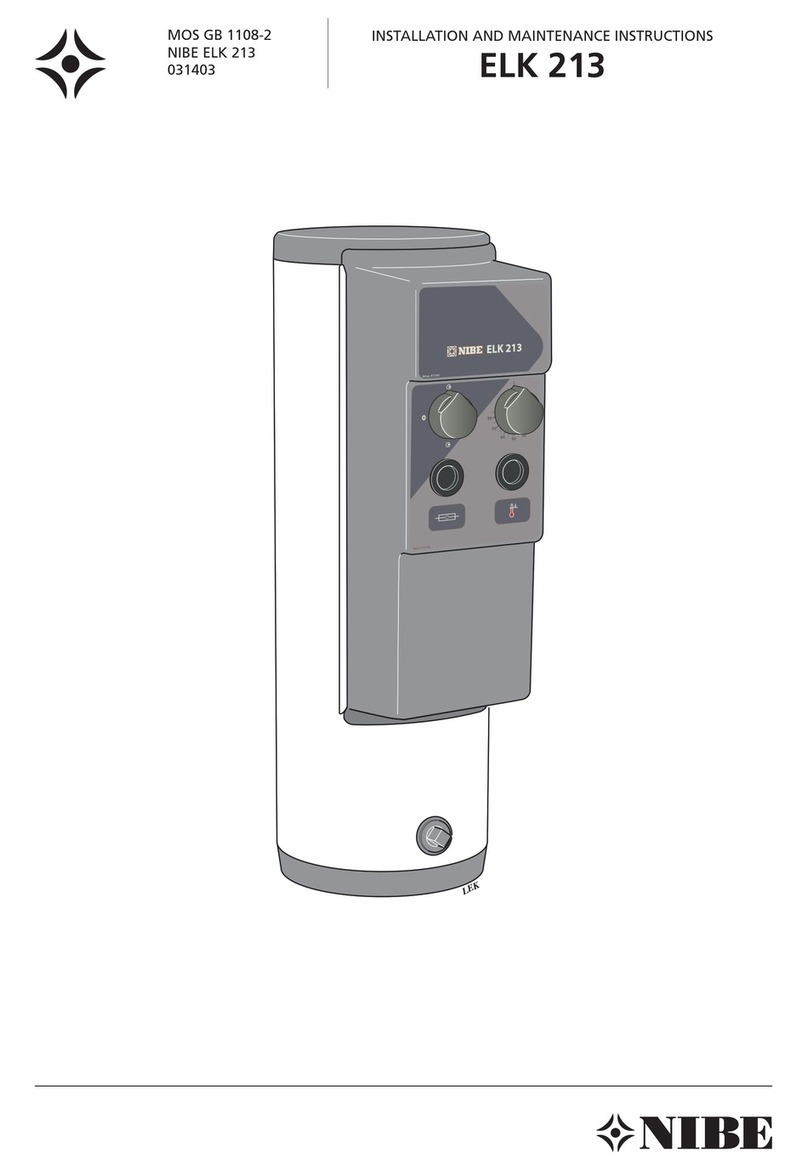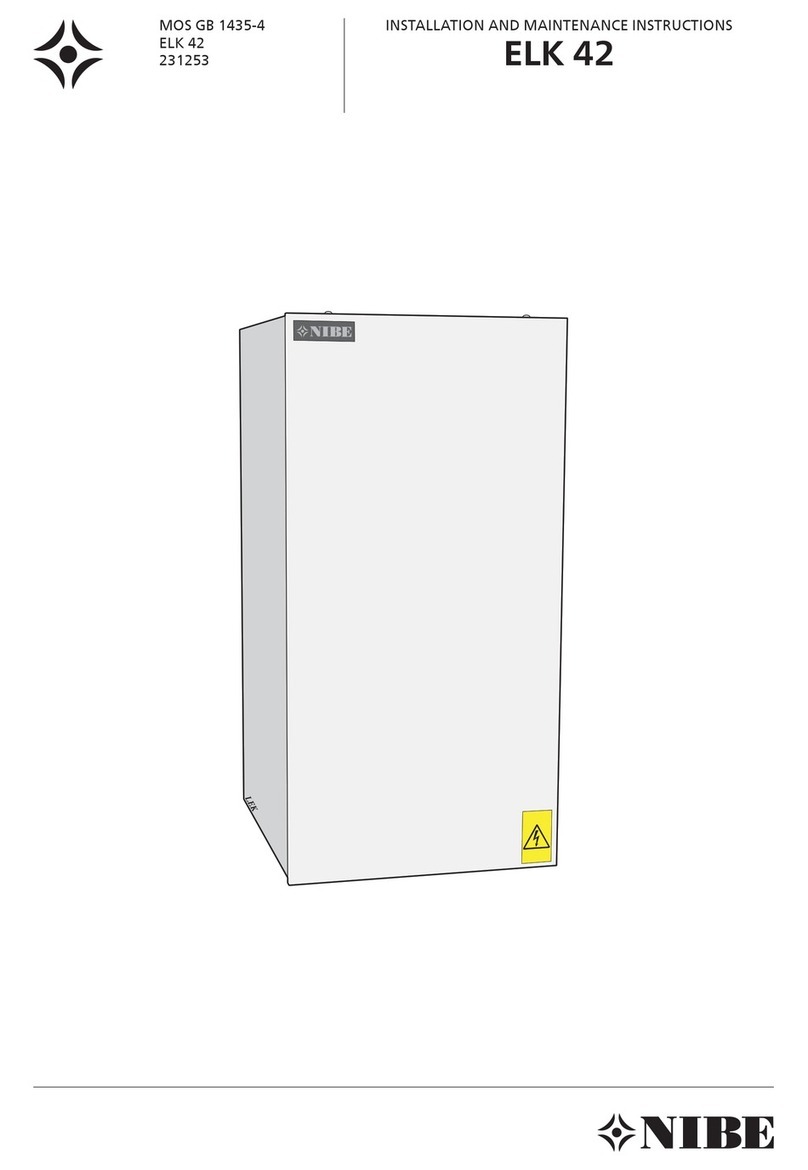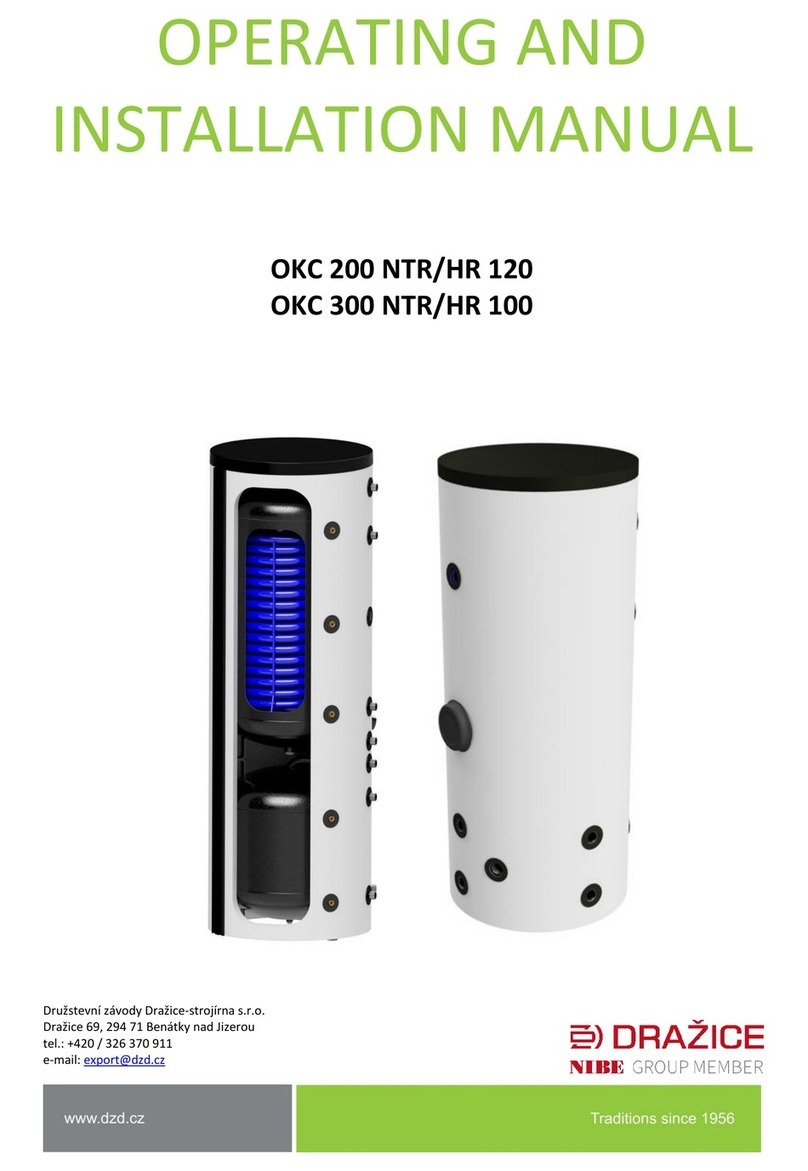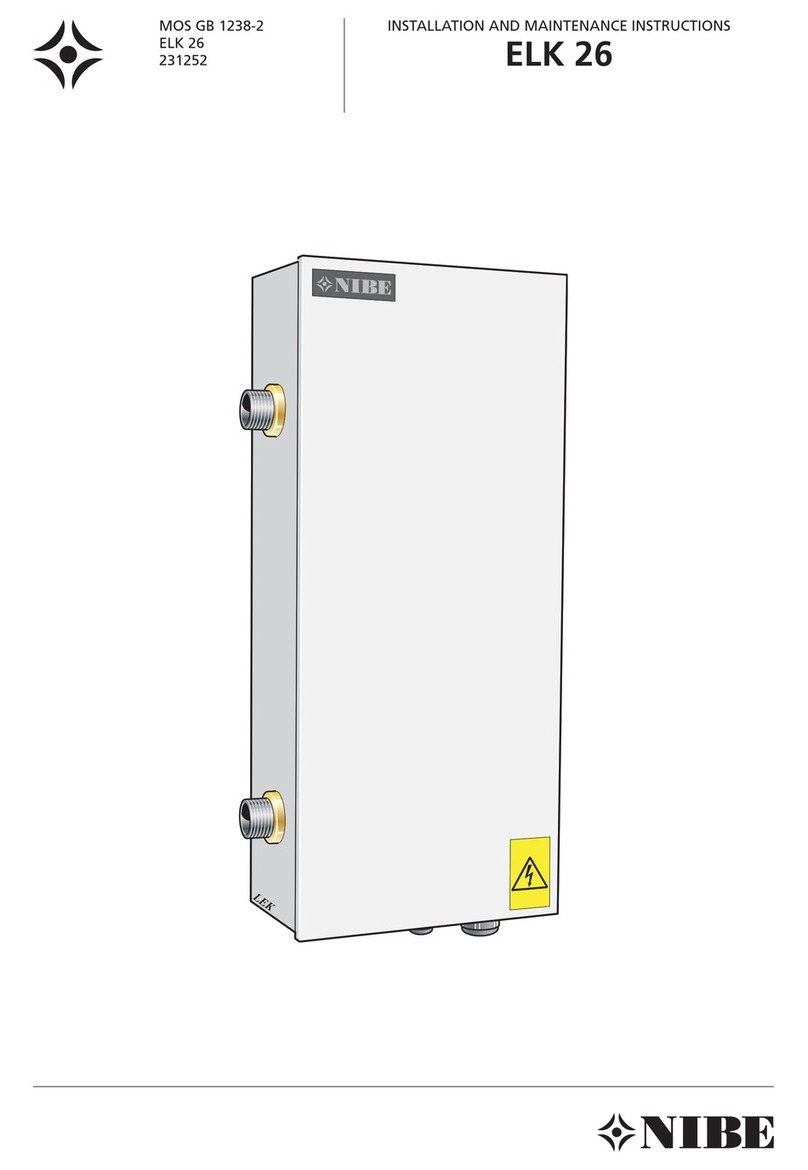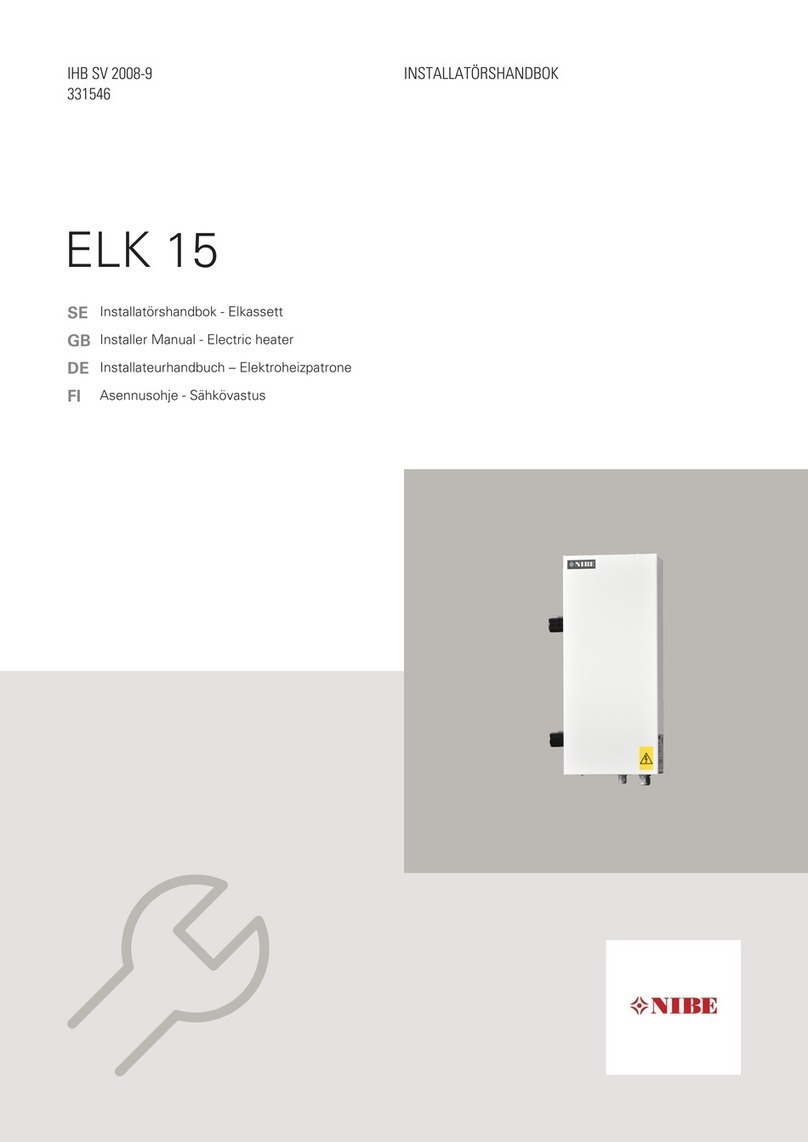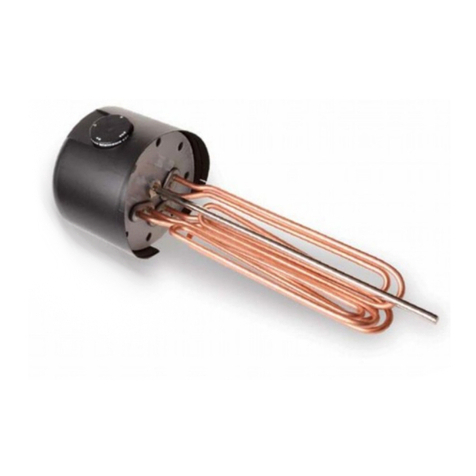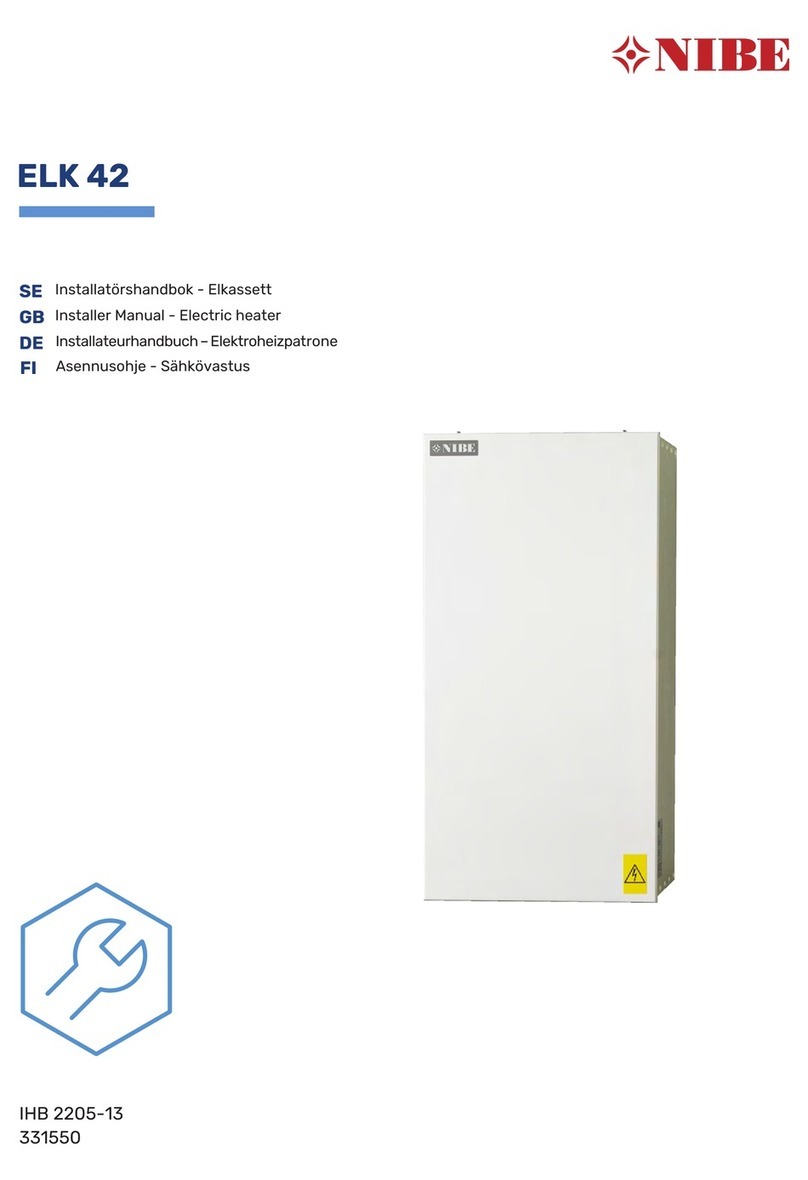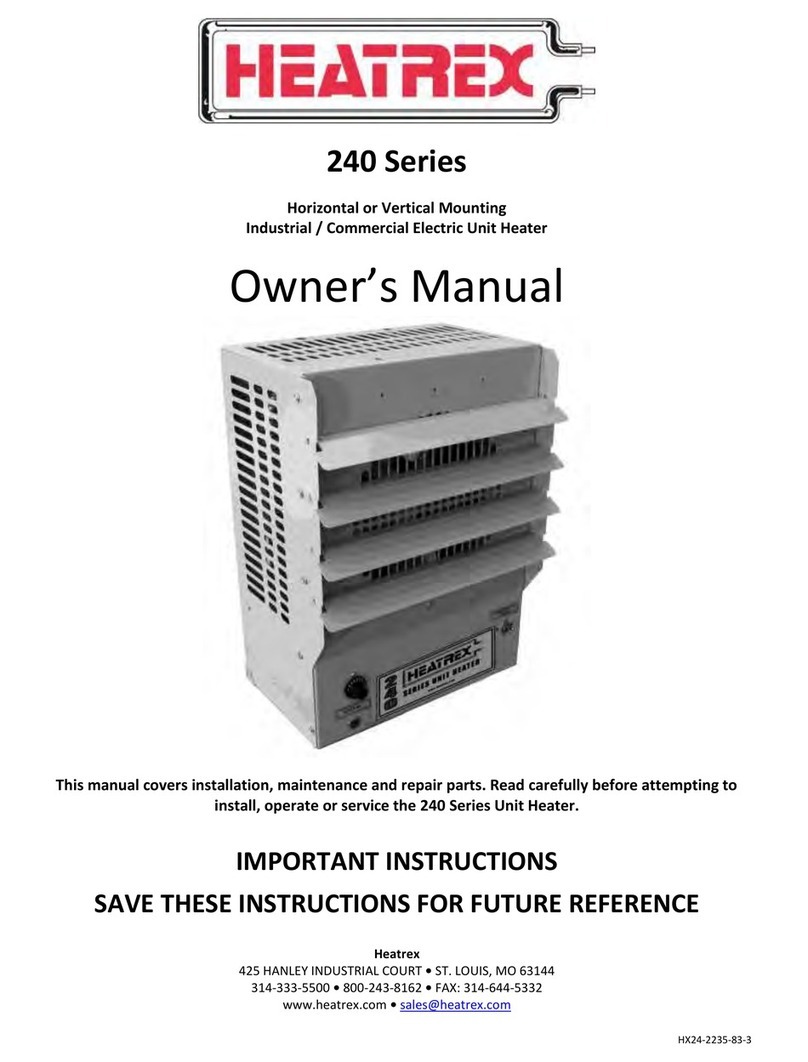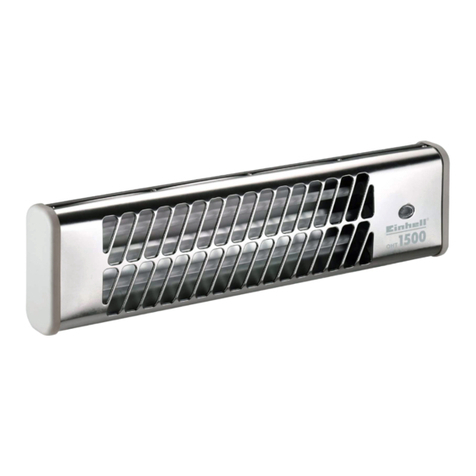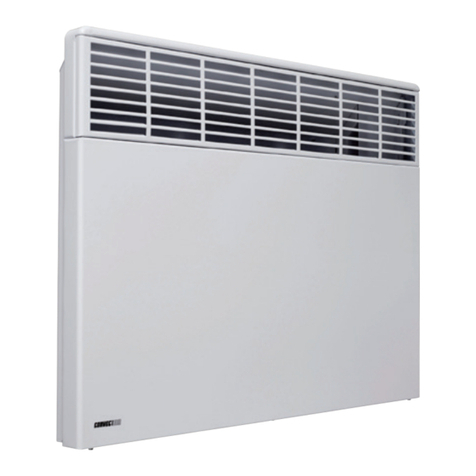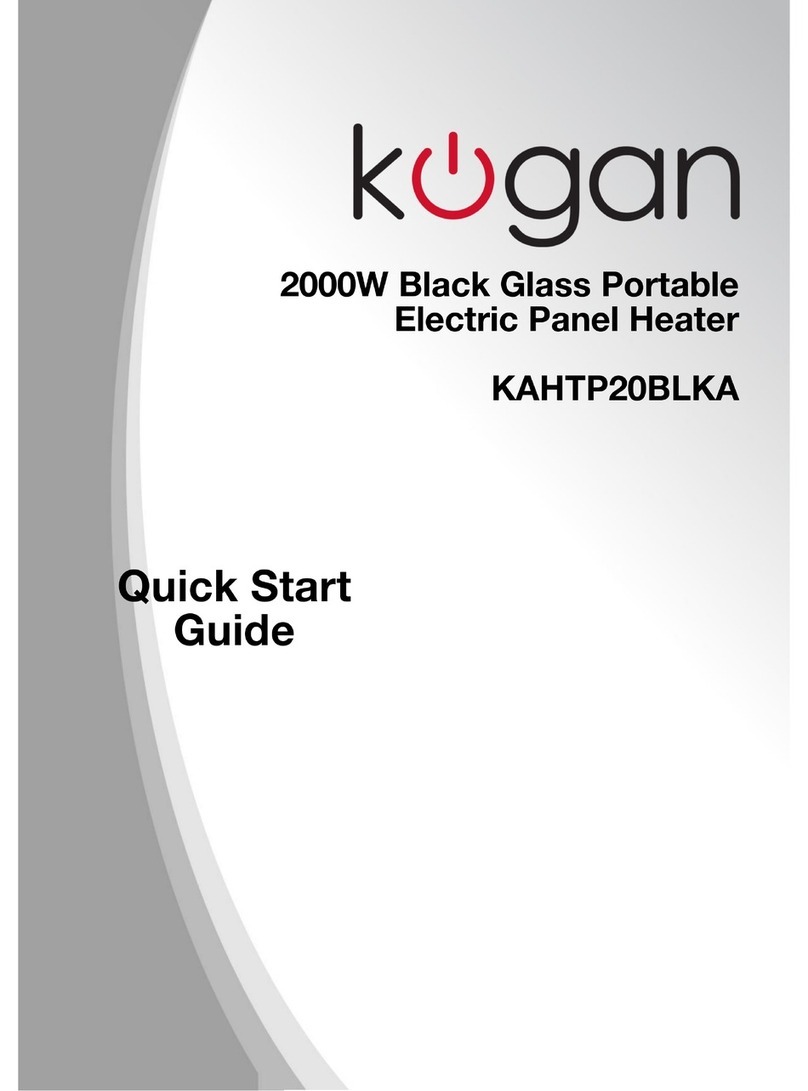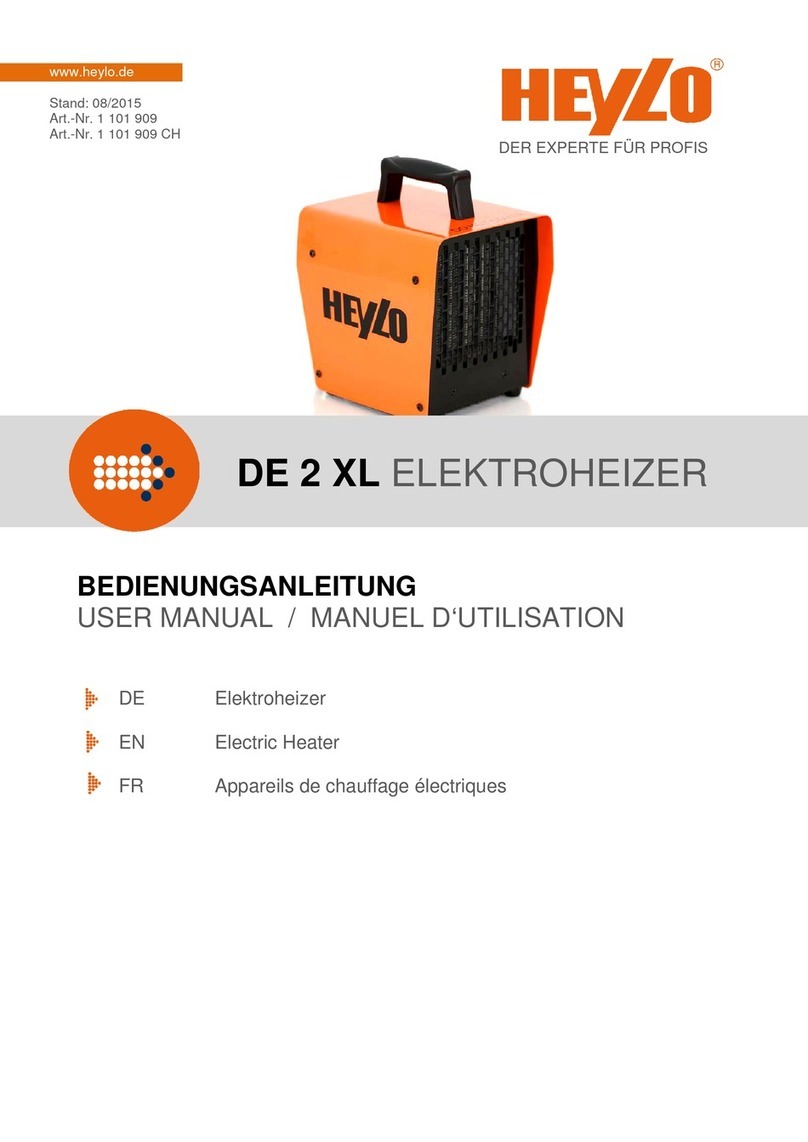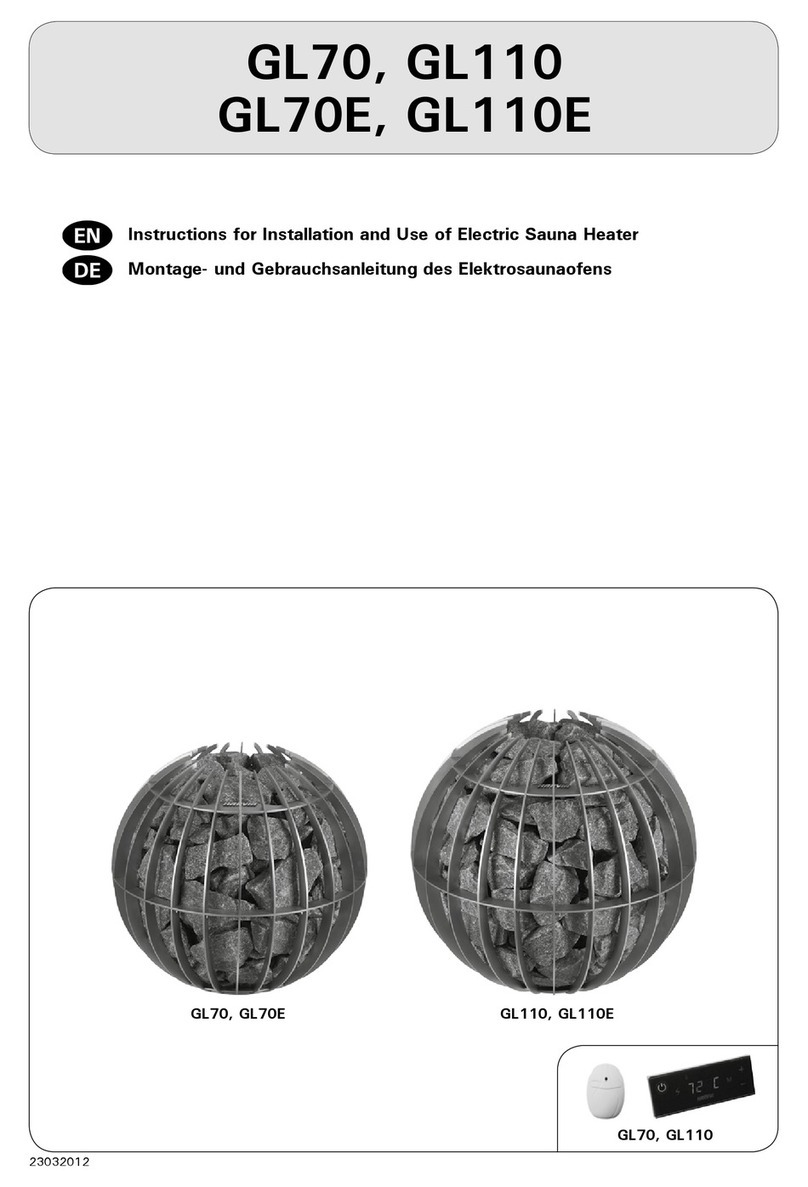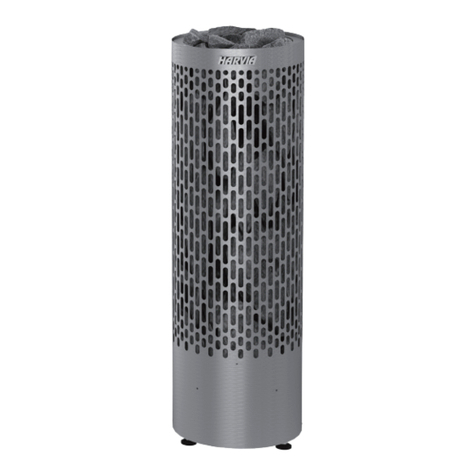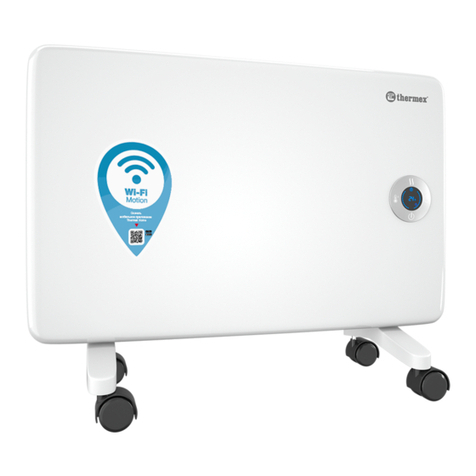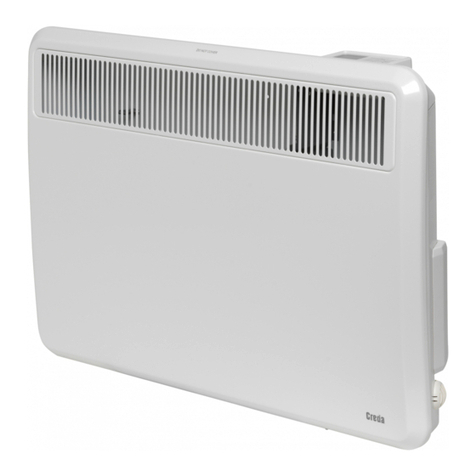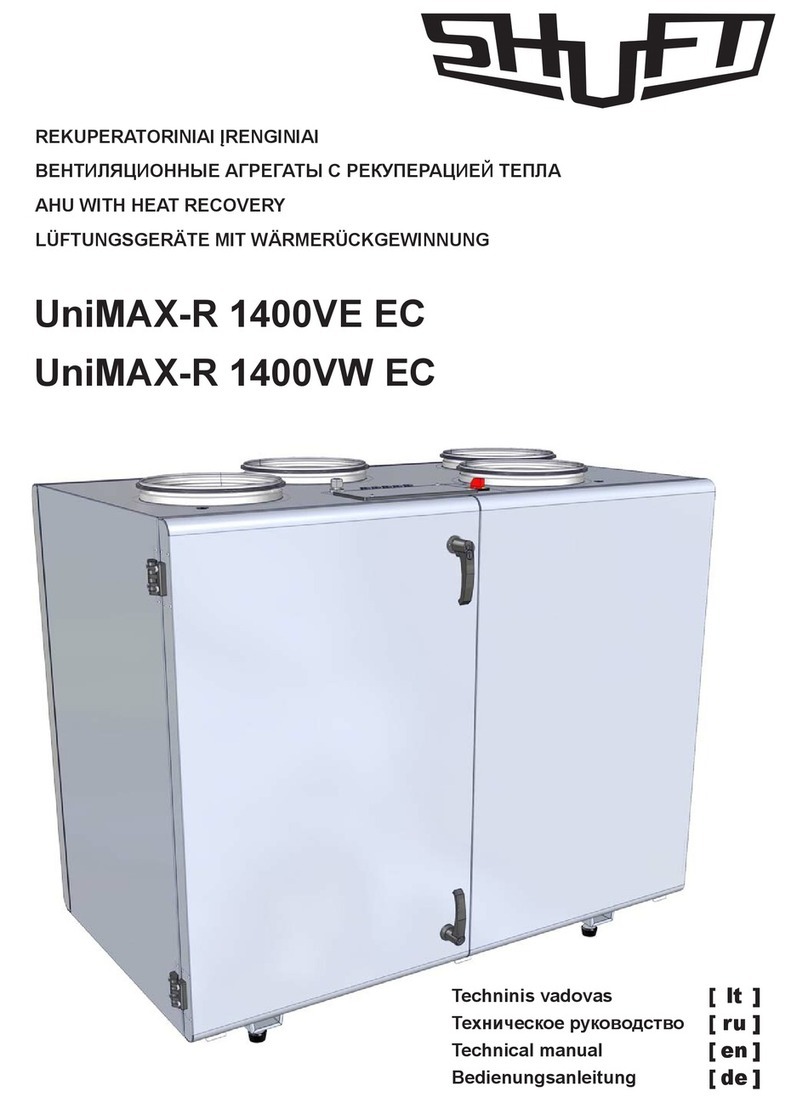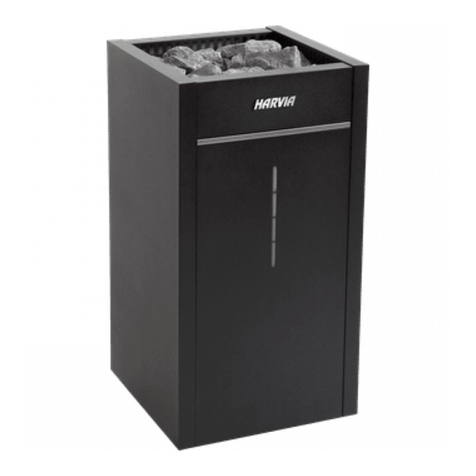- 5 -
4OPERATION PRECONDITIONS
The connection of a built-in electric flange unit must follow the data on the plate (operation
pressure, heating time, el. voltage). Connecting to the electrics must follow the scheme on the
inside of the protective cover.
Aside from the electric regulations, the conditions of local distribution and water supply plants,
as well as assembly and operation conditions, must be followed.
If the water is really hard, we recommend installation of water treatment filters preventing
the scale occurrence.
These heating elements are suitable for enameled accumulators, double casing tanks, or accumulators
coated with either plastic or zinc; they are also suitable for ribbed exchangers. Combination with chromium–
nickel vessels is problematic, and therefore not recommended (see par. 5.3). All elements are suitable
for heating drinkable and heating water with operating pressure within 10 bar.
5ASSEMBLY AND SAFETY INSTRUCTIONS
5.1 GENERAL INSTRUCTIONS
During operation, both the heating element and the anode rod must be under water. Necessary thermal flow
of heated water must not be prevented. The heating unit is equipped with a safety fuse preventing further
water heating at maximum temperature of approx. 95 °C. It is therefore necessary to select suitable
connecting components (pipelines, safety valve combination) that, in case of thermostat defect, resist
the max. temperature of 110 °C.
Both the assembly and installation must be implemented by authorized people only.
Both electric and water installation must follow and meet requirements and regulations
relevant in the country of use.
